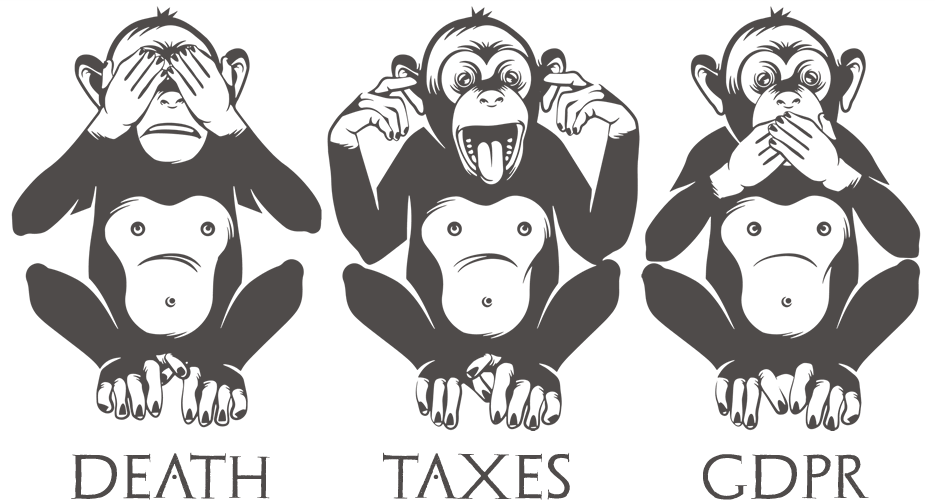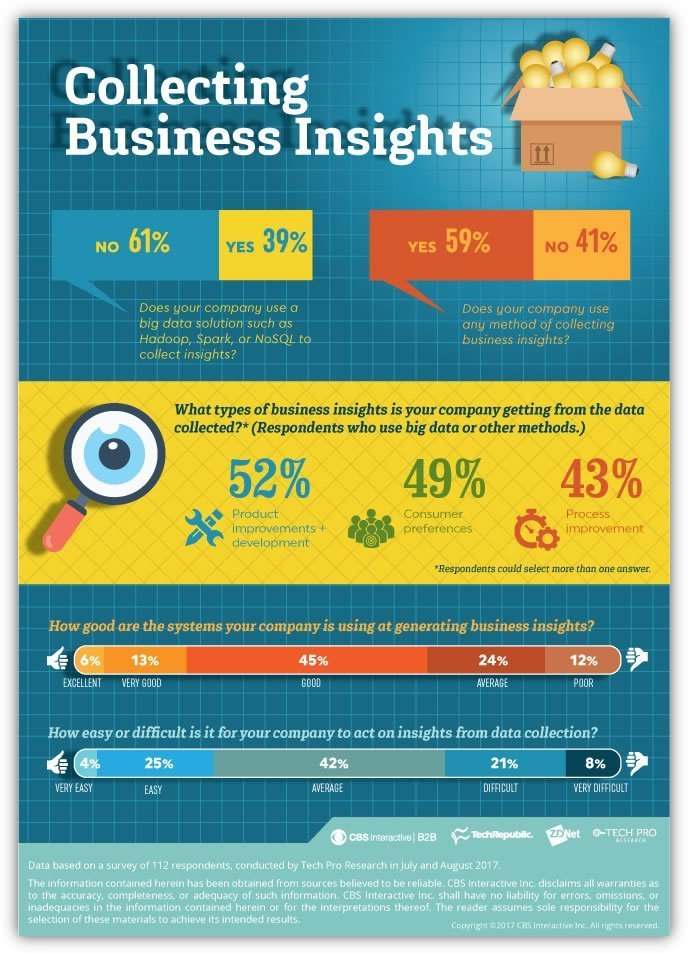We use your information in fulfilling our obligations to you as a member and as permitted to us via GDPR Article 6 “Lawfulness of Processing”, where the processing shall be lawful only if and to the extent that at least one of the following applies:
✍ the data subject has given consent to the processing of his or her personal data for one or more specific purposes;
✍ processing is necessary for the performance of a contract to which the data subject is party or in order to take steps at the request of the data subject prior to entering into a contract;
✍ processing is necessary for compliance with a legal obligation to which the controller is subject;
✍ processing is necessary in order to protect the vital interests of the data subject or of another natural person;
✍ processing is necessary for the performance of a task carried out in the public interest or in the exercise of official authority vested in the controller;
✍ processing is necessary for the purposes of the legitimate interests pursued by the controller or by a third party, except where such interests are overridden by the interests or fundamental rights and freedoms of the data subject which require protection of personal data, in particular where the data subject is a child. (shall not apply to processing carried out by public authorities in the performance of their tasks.)
We don’t abuse, take unlawful advantage or compromise your trust when you provide your information to us, and as such:
☑ We don’t share your information with 3rd parties, unless it is required to complete your request. (One example is when you file a complaint against a third party via our platform, we may be required to share your information with relevant 3rd parties to address your DSAR complaint.)
☑ We don’t sell your information to 3rd parties, period!
☑ We don’t ask or gather irrelevant information from you just for the hell of it.
☑ We don’t hold onto your credit-card information and will never ask for your credit card details. (All payments made by you to us will be via Paypal or Stripe gateways or Direct Bank Transfer.)
☑ We don’t make deliberate errors, therefore if you find something on our site not to be right, feel free to tell us and we’ll address it.
☑ We don’t proclaim to be perfect, though perfection is something we continually strive for.
☑ We don’t display your personal name on our site publicly unless you have given us explicit consent.
☑ We don’t share your details with co-workers within our organization unless they have a legitimate interest within their role.
☑ We don’t store your information on physical servers outside of the European Union.
☑ We don’t spam!
☑ We don’t work with entities that do not comply to GDPR Regulations.
question sent in by Elizabeth.B from UK


